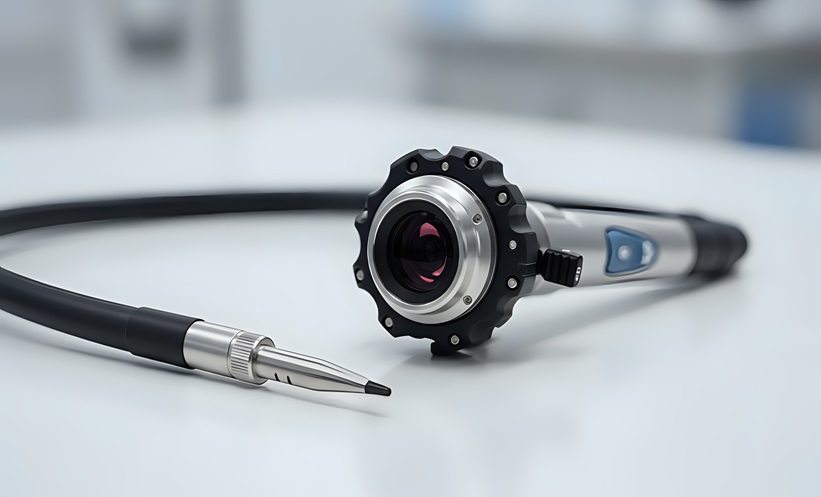A NEW multicentre randomised study from Japan has found that linked colour imaging (LCI), an advanced endoscopic technique, significantly reduces the number of missed colorectal polyps compared with traditional white-light imaging (WLI) during colonoscopy.
The findings highlight LCI’s potential to enhance early detection of colorectal cancer, one of the leading causes of cancer-related deaths worldwide. The technology enhances subtle mucosal colour contrasts, helping clinicians distinguish between normal tissue and small or flat lesions that are often overlooked with standard imaging
Study design and key results
The study, led by Ryo Shimoda and colleagues across 16 Japanese endoscopy units, enrolled 327 patients who underwent tandem colonoscopy using both imaging techniques in random order. Participants were divided into two groups: those examined first with WLI followed by LCI (WLI–LCI), and those examined with LCI followed by WLI (LCI–WLI).
Researchers found that the polyp miss rate per patient (PMR-PP) was less than half with LCI (9.3%) compared with WLI (20.6%). LCI was particularly effective in detecting lesions in the transverse and descending colons and rectum, regions where polyps are frequently missed.
The study also showed that LCI improved the adenoma detection rate (ADR), especially for diminutive adenomas smaller than 5 mm, with an ADR of 38.2% for LCI versus 29.1% for WLI.
Clinical implications
The authors concluded that LCI offers a substantial advantage in improving detection during total colonoscopy, particularly for small and flat lesions that are easily overlooked.
As colorectal cancer screening continues to evolve, LCI could become an important tool for improving diagnostic accuracy and patient outcomes.
Reference
Shimoda R et al. Linked color imaging improves polyp miss rates in total colonoscopy in a multicenter randomized back to back trial. Sci Rep. 2025;DOI:10.1038/s41598-025-20633-2.








